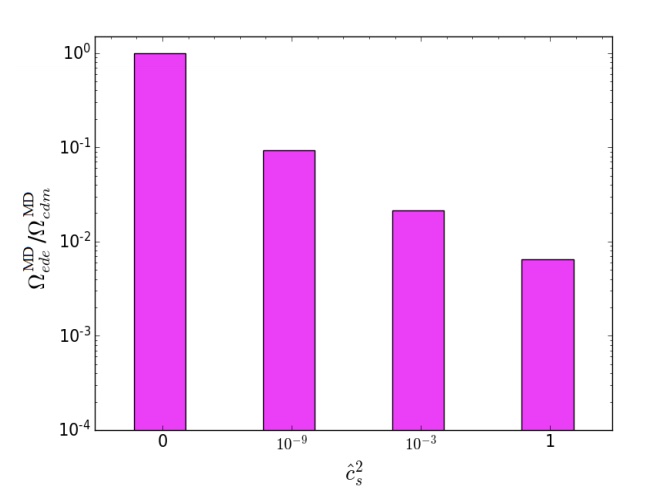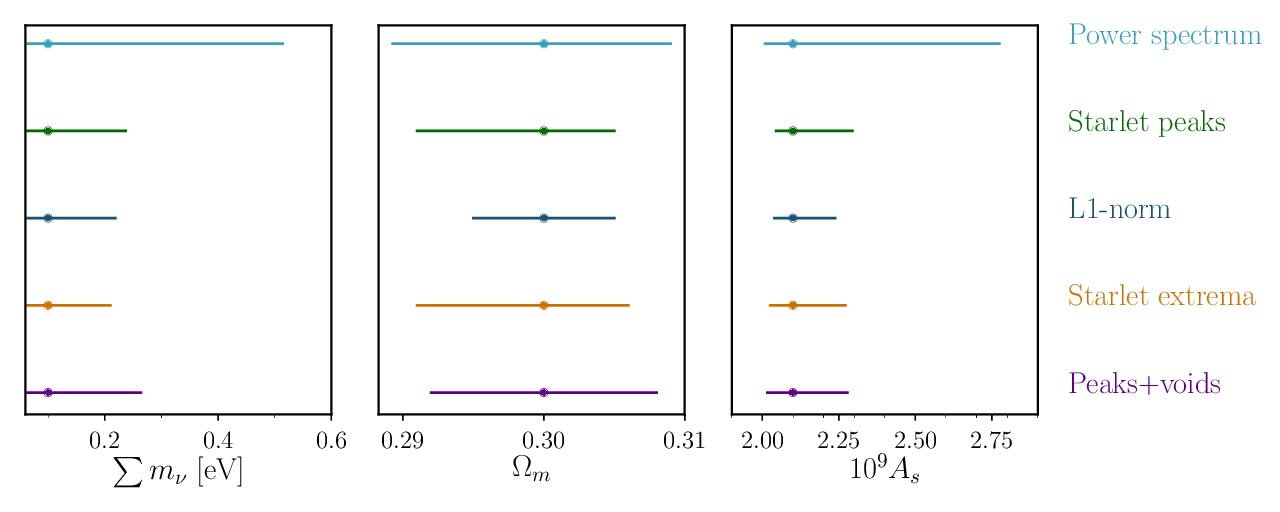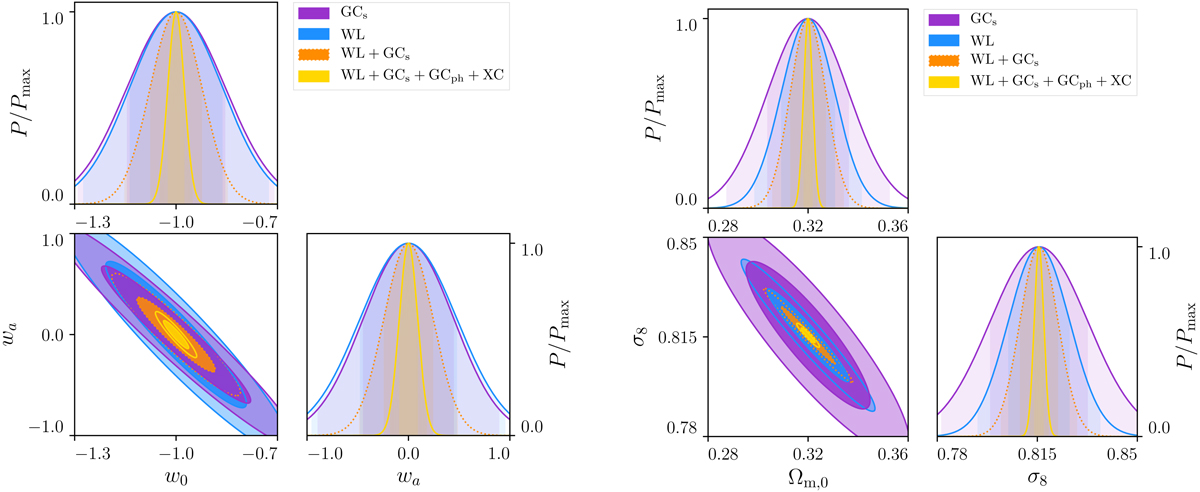Observational constraints on early coupled quintessence
Authors: Lisa W. K. Goh, Joan Bachs-Esteban, Adrià Gómez-Valent, Valeria Pettorino, Javier Rubio Journal: Physical Review D Year: 2023 DOI: https://doi.org/10.1103/PhysRevD.109.023530 Download: ADS | arXiv ...
Constraining constant and tomographic coupled dark energy with low-redshift and high-redshift probes
Authors: Lisa W. K. Goh, Adrià Gómez-Valent, Valeria Pettorino, Martin Kilbinger Journal: Physical Review D Year: 2023 DOI: https://doi.org/10.1103/PhysRevD.107.083503 Download: ADS | arXiv Abstract ...
Early dark energy in the pre- and post-recombination epochs
Early dark energy in the pre- and postrecombination epochs Authors: Adrià Gómez-Valent, Ziyang Zheng, Luca Amendola, Valeria Pettorino, Christof Wetterich Journal: PRD Year: ...
Starlet l1-norm for weak lensing cosmology
Starlet l1-norm for weak lensing cosmology Authors: Virginia Ajani, Jean-Luc Starck, Valeria Pettorino Journal: Astronomy & Astrophysics , Forthcoming article, ...
Euclid preparation: VII. Forecast validation for Euclid cosmological probes
Euclid: impact of nonlinear prescriptions on cosmological parameter estimation from weak lensing cosmic shear Authors: Euclid Collaboration;Blanchard, A.;Camera, S.;Carbone, C.;Cardone, ...




